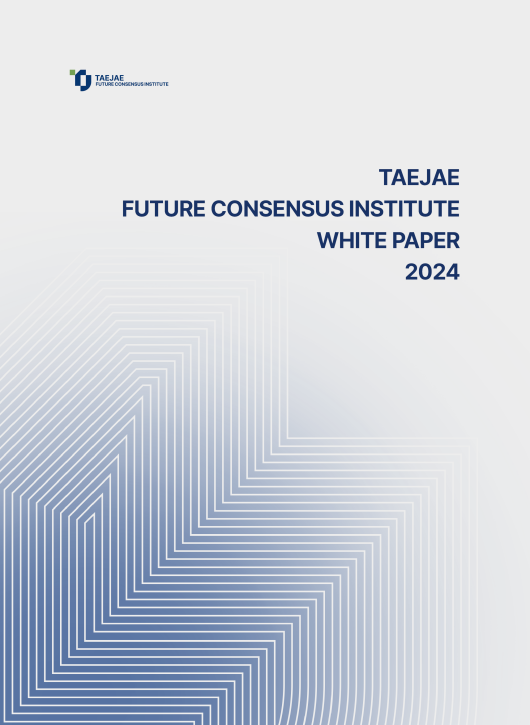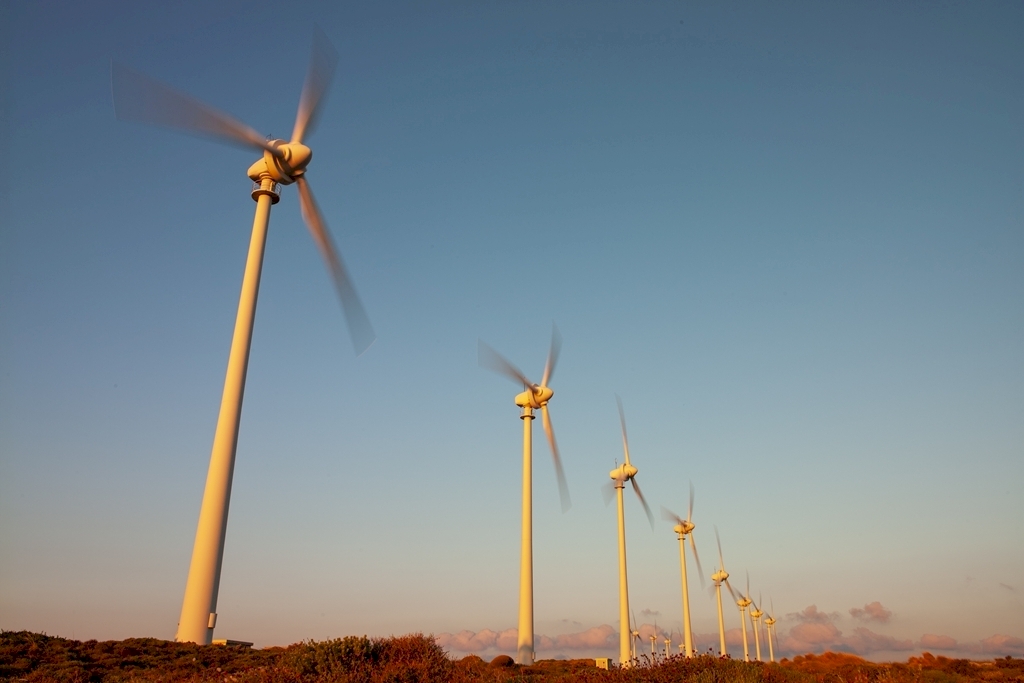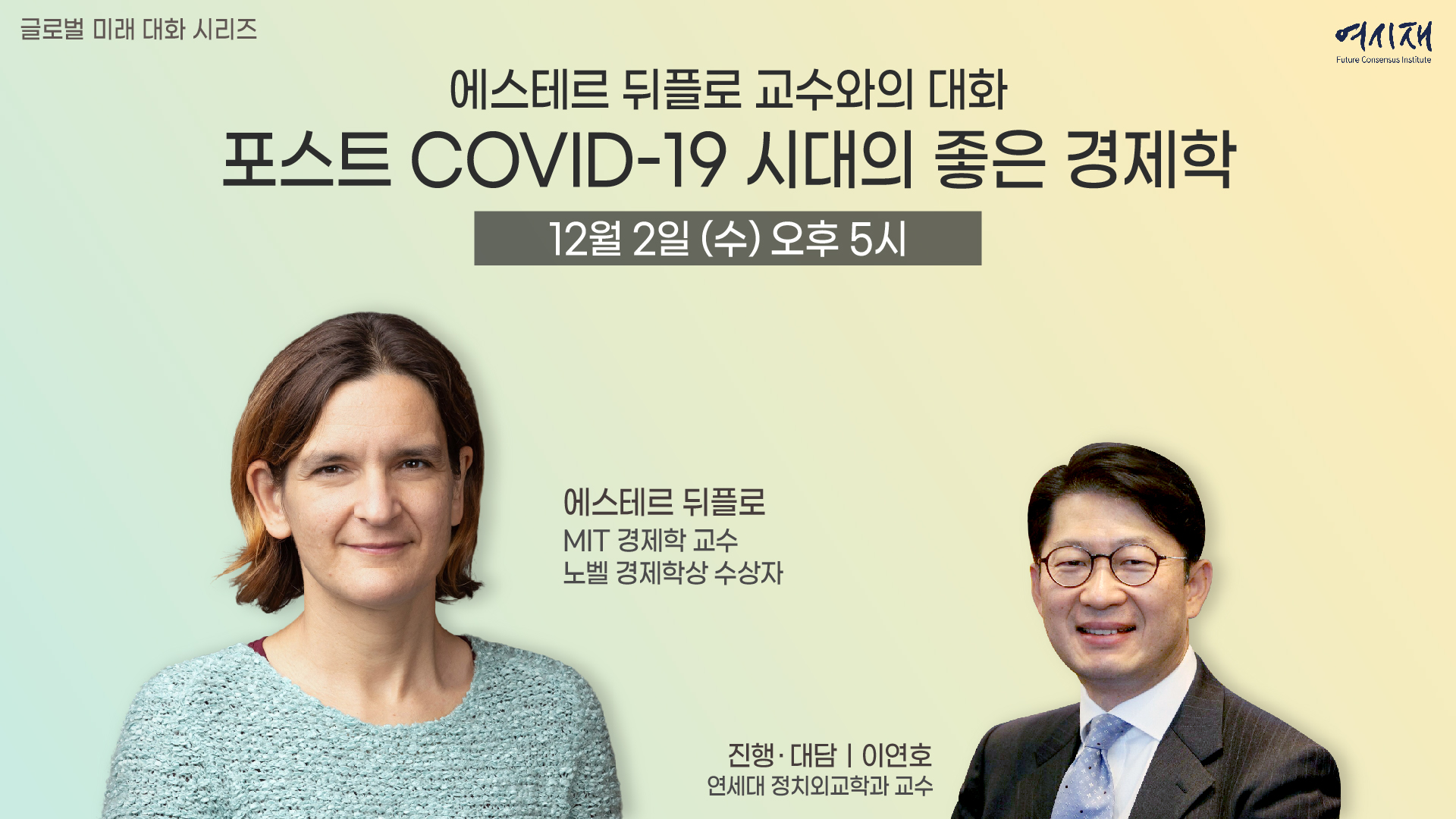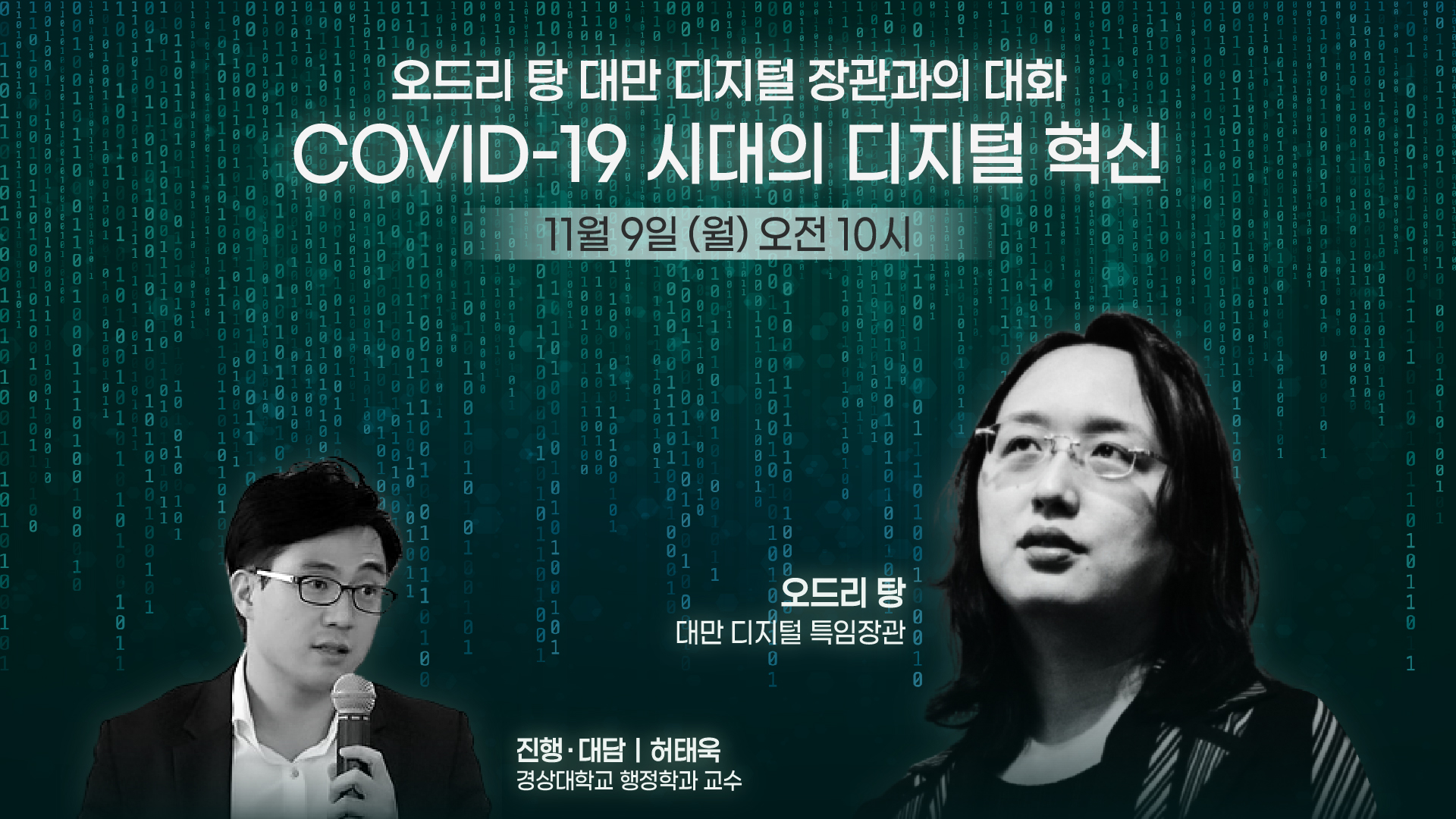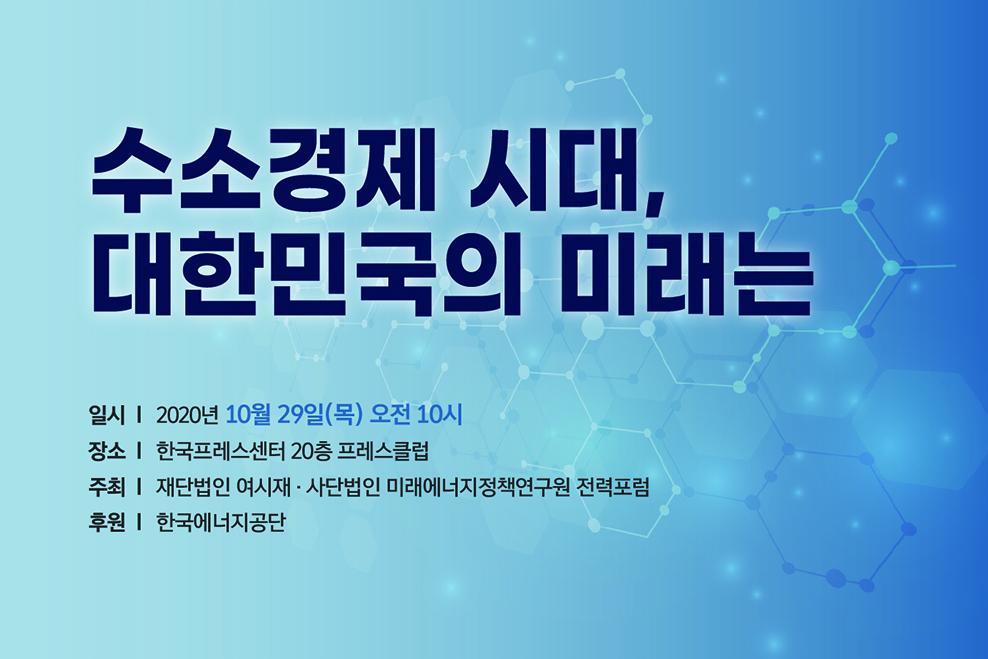Please join Yeosijae as we build a brighter future for Korea. Create your account to participate various events organized by Yeosijae.
- Reports
- |
- Northeast Asian Regional Community
[ISSUE REPORT] Possibilities of Northeast Asian economic cooperation: Inter-city cooperation, energy, and finance
Project: 2017 ROK – Japan Joint Research
Document Type: Final Report
Title: Possibilities of Northeast Asian Economic Cooperation: Inter-City Cooperation, Energy, and Finance
Writer: Yeosijae (Future Consensus Institute), Asian Growth Research Institute
Language: Summary in Korean, Japanese, and English; Full Text in English
|
In 2017, Yeosijae (Future Consensus Institute) and the Asian Growth Research Institute conducted a joint study on building a model of Northeast Asian economic cooperation. The study, which was discussed at the Yeosijae Forum in November 2017, examines various possibilities and challenges of inter-city, energy, and finance cooperation. The attached paper summarizes the research. The following is an overview of each field. |
Contents
I. Inter-City Cooperation
Chapter.1 Trans-Border Urban Cooperation in the Pan Yellow Sea Region: OEAED Practices and Lessons for the Future (Japan)
Chapter 2 Exploring the Possibilities of City Alliances: Strategies for Multinational Intercity Cooperation (Korea)
II. Energy Cooperation
Chapter 3 A Proposal for Energy Cooperation in Northeast Asia (Korea)
Chapter 4 The Future of Energy Cooperation in Northeast Asia (Japan)
III. Finance Cooperation
Chapter 5 Is the Proposal for a Regional Economic Community in Northeast Asia (The Butterfly Project) Viable? (Japan)
Chapter 6 The Outlook for Plans to Establish an East Asian Community (Japan)
Chapter 7 Financial Cooperation in Northeast Asia (Japan)
Chapter 8 East Asian Financial Cooperation at a Crossroad (Korea)
Chapter 9 The Financial Order in a Time of Change (Korea)
Executive Summary
1] Inter-City Cooperation
- Trans-Border City Cooperation in the Pan Yellow Sea Region: OEAED Practices and Lessons for the Future (Japan)
The Organization for East Asia Economic Development (OEAED), established in 2004, is a leading organization in the promotion of city cooperation in Northeast Asia. Since its inception, the OEAED has promoted cooperation in the fields of manufacturing, logistics, the environment, and tourism, based on five key projects that include establishing a regional ‘East Asia FTA’ and turning the Pan Yellow Sea Region into a regional model for the environment. In order to turn this example into sustained city cooperation, it is necessary to meet the new demand for cooperation and incorporate this into the organization’s activities. Furthermore, each member city must share the burden of responsibility in a fair manner, and active support is required from the central governments of each country.
- Exploring the Viability of City Alliances: A Strategy for Promoting Multinational City Cooperation (South Korea)
Solving the contradictions of modern nation-states requires cooperation between not only countries but also international cities. Nation-states establish the social order, while cities enjoy economic freedom and a significant level of autonomy. Encouraging responsible civic participation by citizens and the creation of international networks helps to contribute to economic development and greater citizen welfare, while also unleashing creativity and promoting innovation. When it comes to international city cooperation, there is agreement on the problems common to all cities, and cities are largely free from the military, security and political interests that limit the scope of cooperation on a national level. The first step is focusing on city cooperation between ports. Logistics port cooperation can be achieved by creating logistics networks based on trains and ferries that connect the land and sea, while cruise port cooperation can focus on linking cruise ports in South Korea, China, Japan, and Russia. In terms of institutional cooperation, viable projects include simplifying immigration and visa procedures and adopting a system that allows vehicles from South Korea, China, and Japan to be driven in all three countries.
2] Energy Cooperation
- A Proposal for Energy Cooperation in Northeast Asia (South Korea)
Patterns of energy supply and demand are changing due to climate change and the response it necessitates, a revolutionary increase in electricity supply and the fact that the Fourth Industrial Revolution requires the establishment of a new energy base. Accordingly, fossil fuels can serve as a bridging source of energy during the energy transition in the mid-to-long-term. Minimizing the costs of this process is an important strategic goal for Northeast Asian countries when it comes to energy security. Possible methods to stimulate the natural gas market in Northeast Asia include establishing a regional natural gas trading hub and pursuing cooperation on LNG bunkering. In terms of cooperation to establish an energy grid in Northeast Asia, building a natural gas network or power super grid are options to consider. Through such cooperation, Northeast Asian countries need to play the role of market supporters rather than regulators, and energy-consuming countries in the region need to form a consultative group or other joint entity to facilitate dialogue.
- The Future of Energy Cooperation in Northeast Asia (Japan)
stablishing a LNG spot market is key to the liberalization of electricity in Northeast Asia, and access to LNG terminal space is the most important factor in achieving this. Discussions are needed on how to create a rental market for LNG terminal space. Establishing an efficient market and effective mechanism for determining price is the first step towards assessing the viability of building a power super grid in Northeast Asia. Ultimately, Northeast Asian countries need to apply new methods to introduce a rental market for LNG terminal storage space in order to establish a LNG spot market. As part of this, Northeast Asia can learn from Europe, which is currently taking active steps to liberalize its electricity market.
3] Finance Cooperation
- The East Asian Community and the Butterfly Project (Japan)
Regionalism is on the rise in the East Asian region, with greater substantive regional integration based on increasingly interdependent economic ties. In line with this, a plan to establish an East Asian Community has existed since 2000, but there has been a lack of discussion on bringing this plan to fruition. It is likely that the formation of a new economic community will be led by China. However, the development of new regional systems such as China’s Belt and Road Initiative has led to competition between competing systems, creating a situation where some may be eliminated. Against this background, regional discussions are needed on the scope, goals, and timeframe for establishing an East Asian Community. In addition to this, the private sector has an important role to play. Since the role of expert groups is growing in importance, more private- sector research in East Asia is needed.
Yeosijae has put forward the Butterfly Project as a vision for creating an East Asian Community. The Butterfly Project is a future vision that includes linking the North Pole Passage with the Belt and Road Initiative to create a new logistics network that connects the world. Yeosijae believes that this project should begin with cooperation in Northeast Asia, which lies at the heart of this connected world and would form the center of the ‘butterfly’. The viability of the Butterfly Project depends on the viability of establishing a regional community. The first step in assessing this is examining the circumstances surrounding plans for a regional community, what those plans contain and what steps have been taken to make such plans more concrete. In light of the current state of plans to establish an East Asian Community, is the Butterfly Project viable? Answering this question requires comparing the Butterfly Project with a viable plan for an East Asian Community to clarify the goals and scope of the project.
Furthermore, establishing a framework for inter-city, energy and finance cooperation is also important. To advance the Butterfly Project, discussions are needed on which country will serve as the linchpin of the project, as well as the scope and direction of cooperation on a government level. At the same time, another question for consideration is whether financial cooperation to date in East Asia can be detached from existing cooperative frameworks and integrated with the Butterfly Project. Demand for development finance is high in this region, and if the North Korean issue were to be resolved and North Korea became integrated with the regional economy, it could be worthwhile for South Korea to consider taking the lead in establishing an independent financial institution.
Ultimately, the Butterfly Project needs to focus on the task of actually establishing a regional economic community instead of simply discussing ideas on paper. In particular, this study attempts to identify areas of win-win financial cooperation such as opening up and developing financial markets, developing a global financial center, promoting currency internationalization, financing investment in regional infrastructure development and connectivity, and maintaining regional financial stability. The implications of regional financial cooperation are discussed not only for China, Japan, and the ROK, but also for Mongolia, Russia and the DPRK. It is emphasized that financing investment for regional infrastructure development and connectivity is important for promoting cross-border economic exchanges in the region.
- The Current State of Financial Cooperation in Northeast Asia and Proposals for the Future (South Korea)
Both the Chiang Mai Initiative Multilateralization (CMIM) and the Asian Bond Markets Initiative (ABMI) have been implemented in East Asia (ASEAN+3). Through continued financial cooperation over the last 20 years, ASEAN+3 has made significant progress in developing regional institutions in this sector, but the region still lacks independent capabilities. Further policy and diplomatic efforts are needed to boost financial cooperation in East Asia. In policy terms, there is a need for South Korea, China, and Japan to work together to overcome the problems caused by the influence of the US dollar in the global financial system, including the burden created by foreign currency reserves, the threat of being excluded from the system and the difficulty of implementing independent monetary policy.
Possible methods to achieve this include 1) developing South Korean, Chinese and Japanese financial hubs, including cryptocurrency trading hubs, into international financial centers 2) expanding public-private partnerships in infrastructure finance and establishing a development bank to prepare for Korean unification and 3) expanding transactions and financial asset investment in regional trade with a view to globalizing the currencies of South Korea, China, and Japan. In terms of diplomatic efforts, related issues include 1) creating a sense of ‘we-ownership’ in Northeast Asian financial cooperation, 2) the necessity of reflexive contextualization of the ‘discourse of moral hazard’ toward potential recipients and 3) creating a shared vision that allows the region to go beyond ‘institutional survival’ and make use of models of financial cooperation from other regions. The long-term goals for East Asia are setting up a regional financial safety net, developing capital markets and establishing a new system of financial governance that incorporates the functions of development finance. Establishing an East Asia Financial Innovation Committee consisting of members from both the public and private sectors has been put forward as a suggestion for oversight of this governance system. Achieving these goals is largely reliant on the formation of a sense of community, trust and a shared vision.
Participants
|
Korea |
Japan |
|
Inter-City Cooperation |
Inter-City Cooperation |
|
Energy Cooperation |
Energy Cooperation |
|
Finance Cooperation |
Finance Cooperation |
< Copyright holder © TAEJAE FUTURE CONSENSUS INSTITUTE, Not available for redistribution >

